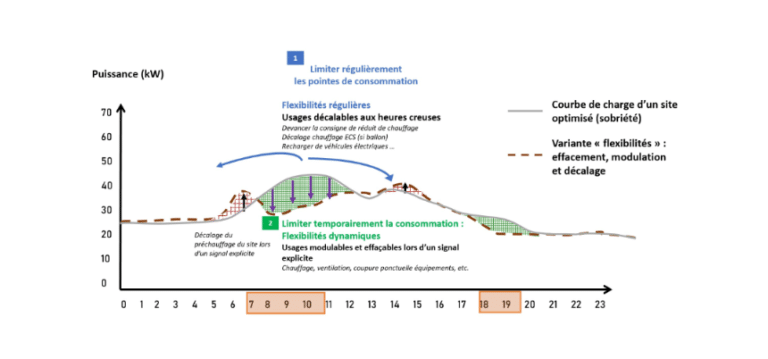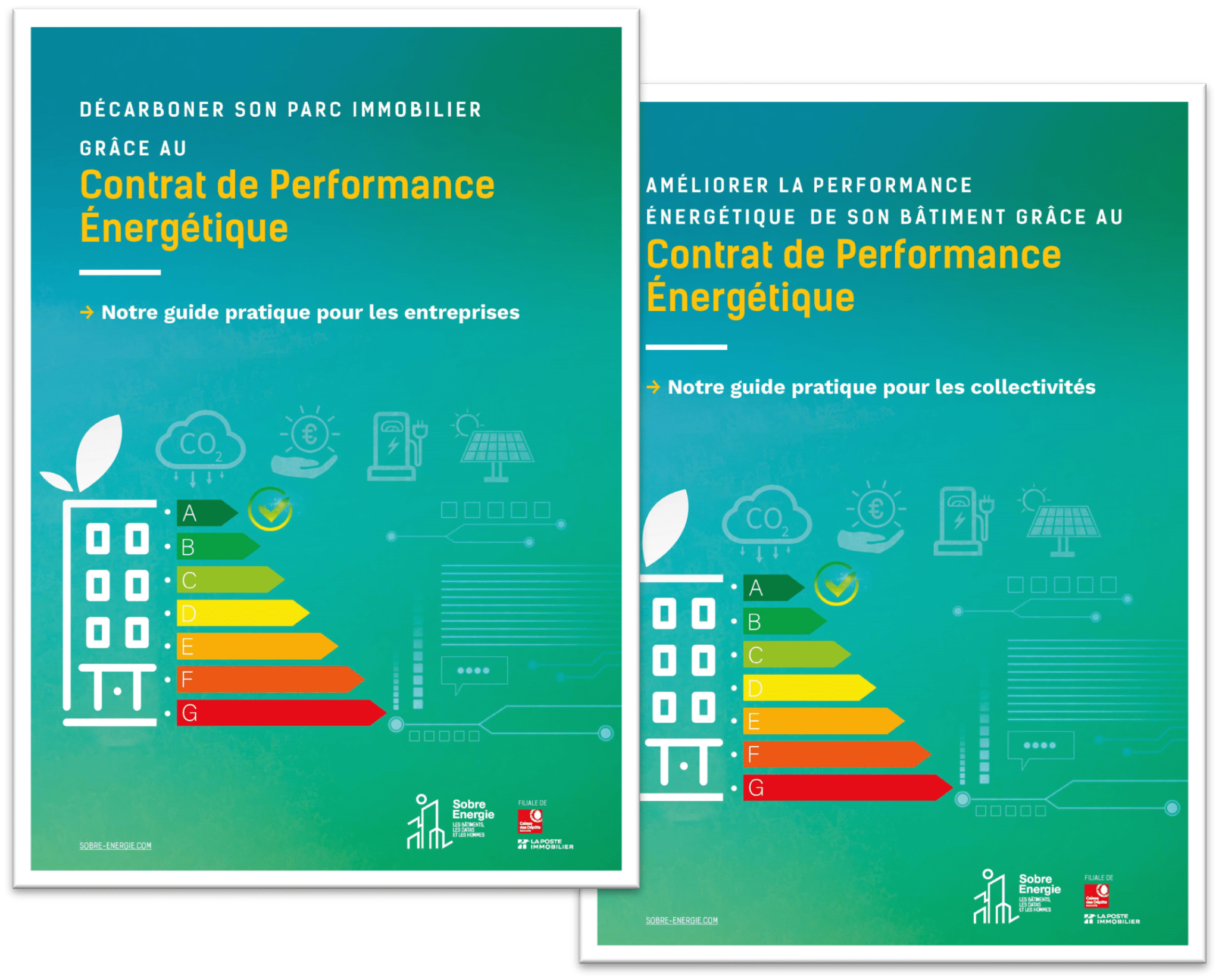Since January 1, 2025, you must be in compliance if your tertiary building has been subject to the Bacs decree.
How to comply with a GTB?
How can GTB facilitate the offset of uses to the times of the day when pricing is more advantageous? We explain everything to you.
Reminder of the Bacs regulations
The Bacs Decree requires any tertiary building to install an automation and control system for heating-ventilation-climatization equipment (CVC), often of the building technical management type (GTB) to optimize energy consumption.
Eligibility of the BACS Decree
The Decree Bacs (Building Automation & Control Systems) was published in July 2020. This decree aims to improve the energy performance of buildings by making the installation of systems compulsory allowing the management, monitoring and optimization of energy consumption.
The main obligations of the decree include:
The installation of a BACS system for new buildings or during major renovations.
The integration of devices allowing the automatic regulation of heating, ventilation, air conditioning (HVAC), and lighting.
The implementation of management systems to monitor energy consumption in real time, which facilitates the identification of areas for energy savings.
GTB application calendar
The timetable for application of the BACS Decree is as follows:
Since April 8, 2024 for new buildings whose equipment has a cumulative nominal power greater than 70 kW.
Since January 1, 2025 for existing buildings whose equipment has a cumulative nominal power greater than 290 kW.
January 1, 2027 for existing buildings whose equipment has a cumulative nominal power greater than 70 kW.
Despite these compliance requirements, only 15 % of tertiary sites in France were equipped at the end of 2024, representing 37 % of tertiary areas, according to the electric flexibility barometer published by RTE, Enedis and Gimelec*.
GTB and electric flexibility manual
Massive electrification of uses
From today, the energy transition towards a low-carbon economy requires changes in daily uses:
Electric heating mode (ex heat pump) to replace much more carbonated fossil fuels (oil and gas boiler)
Development of electric mobility to decarbonize transport, the most issuing sector in France (30% of greenhouse gas emissions).
The boom in renewable energies (ENR)
The current energy context, characterized by a very strong integration of renewable energies, leads to increased variability on the electricity network depending on the intermittent production phases of this type of energy (solar or wind for example).
This variability in the supply of carbon-free electricity requires a capacity for increasing flexibility to ensure the balance of the network and optimize the consumption of kWh produced based on ENR.
Tertiary buildings, as charging points, play a key role in this energy transition by becoming clean energy hubs. They can integrate energy storage systems, thus contributing to optimized long-term energy management. The Electricity thus stored in an electric car battery can then be reinjected into the network later, at a time when the solar power plant will not produce enough to cover consumption at a given time. This concept, often called Vehicle-to-Grid (V2G), transforms electric vehicles (EVs) into active elements of the electricity grid, offering multiple benefits.
GTB key to making the electricity network more flexible
According to the RTE study on flexibility, bins and GTB systems can provide a substantial contribution to the flexibility of the network:
Be able to shift certain uses outside the peaks of consumption in the morning and evening (heating of the hot water tank, recharge of electric vehicles)
Be able to dynamically erase certain uses during an explicit signal (ex cut the heating temporarily)
Being able to synchronize consumption on the electricity production phases, especially in buildings equipped with charging stations (IRVE) or other important charges (such as lighting and elevators).

Electric flexibility, a multi-ai giant approach:
- It relieves the electrical network during consumption peaks in winter especially
- It contributes to the decarbonation of the consumption of buildings by avoiding using electricity produced by fossil energy sources (ex coal)
- It saves money by reducing consumption on your building or by shifting them on advantageous tariff options (ex -hollow hours)
If you are a community, the Eff'actee+ program allows you to finance this approach via Energy Economy Certificates (EEC) on several levels:
- Using a flow efficient
- Monitoring and measurement tool for your consumption, such as our Datamarc Neo platform (up to € 15,000 excl.
- Flexibility audit
- AMO GTB
Applications are open until May 2025.
